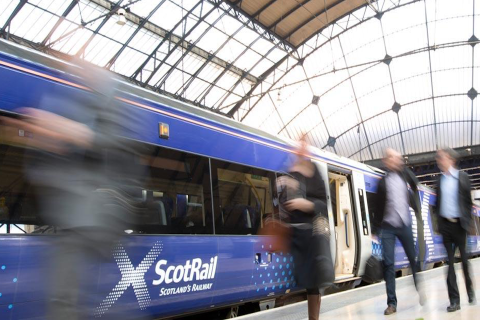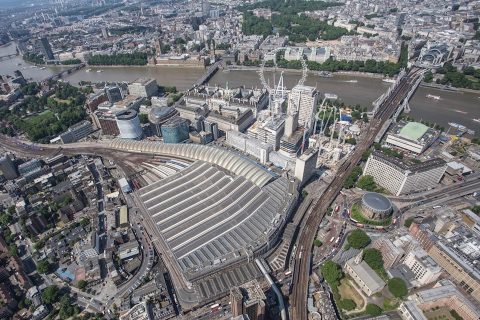“No” to rail operators and traffic jams: Norway’s serious problem of capacity

Several of Norway’s railway lines are completely full, leading to traffic jams on the tracks and train delays, Bane NOR said in a statement last week. Norway’s mostly single track rails have almost no capacity left, and the rail infrastructure manager already has to say no to railway operators who want to run more trains. How can a modal shift to rail to reduce transport emissions be realised when there is no space?
Want to read more?
You have read all of your free premium articles for this month. Please become a subscriber to keep reading.
Subscribe now!
Take advantage of our exclusive offer to get full access to all premium content.




